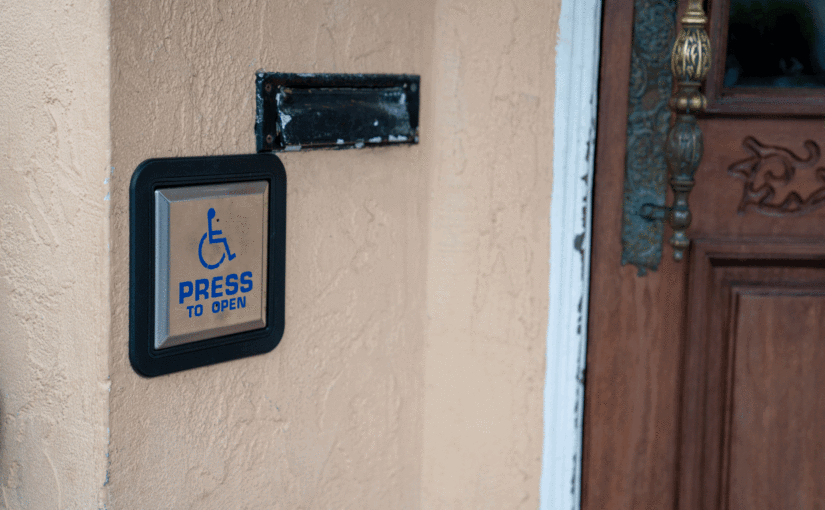Designing an access control solution requires decisions on 8 fundamental questions.
This in-depth guide helps you understand the options and tradeoffs involved in designing an excellent access control solution.
The eight fundamental questions are:
- Are the Benefits Worth the Cost?
- What Do You Secure?
- What Forms of Authentication and How Many Do You Need?
- What Kind of Reader Should You Use?
- What Kind of Lock Should You Use?
- What Do You need at the Door Besides a Reader and Lock?
- How Do You Connect the Reader to the Network?
- What Type of Access Control Management System Should You Use?
- This report focuses on selecting and designing electronic access control system (using cards, pins, biometrics, etc.) rather than key based ones.
Typical spaces where access control applied:
- Exterior Doors
Gates
- Storage Areas/ Cabinets
- Server Rooms
- Classrooms
- Key Control Closets
Electrified Lock Types
- Electric strike:
- Electromagnetic lock
- Electrified hardware:
Reader Selection
- Keypads
- Credential Readers
- Contact Readers
- Contactless Readers
- Biometric
System Selection
- Do you require integration to other systems? Integration of surveillance systems (or other systems) with an access control system
- Integrating intrusion detection with access control allows for arming and disarming of the system via card swipe
- Special Considerations
Elevators
There are two methods of restricting access to an elevator
(1) Call the elevator car upon a valid card read, instead of pushing a button. This method puts a single reader outside the elevator. A user presents his or her credential to call the car. Once in the elevator, the user has access to any floor he or she chooses.
(2) Allow selection of individual floors based on the credential presented. In this scenario, when the user enters the elevator, the floors he or she is restricted to are lit, and floors they’re not allowed access to remain unlit. They will only be allowed to take the elevator to floors they’re given access to.
Mustering
A function of certain access control systems, mustering counts employees exiting the building via a designated reader or group of readers. So, in case of emergency, security and safety staff may see how many employees and visitors, in some systems, are still in the facility.






